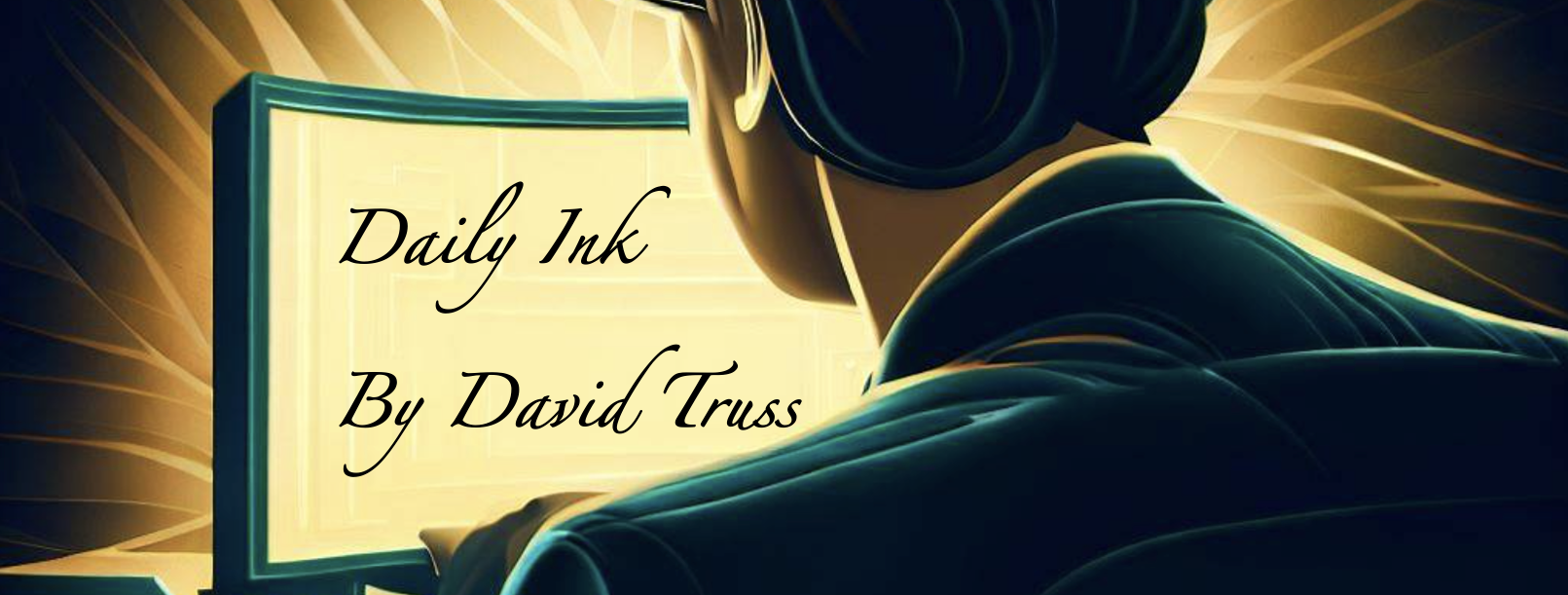I think that a robust and healthy middle class is essential to maintain a vibrant society. But what I see in the world is an increasing gap between the wealthy and an ever larger group of people living in debt and/or from paycheque to paycheque. The (not so) middle class now might still go on a family vacation, and spend money on restaurants, but they are not saving money for the future… they simply can’t do what the middle class of the past did.
A mortgage isn’t to be paid off, it’s something to continue to manage during retirement. Downsizing isn’t a choice to be made, it’s a survival necessity. Working part time during retirement isn’t a way to keep busy, it’s s necessity to make ends meet.
I grew up in a world where I believed I would do better than my parents did. Kids today doubt they will ever own a place like their parents, and many don’t believe they’ll ever own a house. Renting and perhaps owning a small condo one day are all they aspire to. Not because they don’t want more, but because more seems too costly and out of reach.
Then I see the world of AI and robotics we are heading into and I wonder if initially things won’t get worse before they get better? Why hire a dozen programmers, just hire two exceptional ones and they are the quality control for AI agents write most of your code. Why hire a team of writers when one talented writer can edit the writing done by AI? Why hire factory workers that need lunch breaks and are more susceptible to making errors than a team of robots? While some jobs are likely to stick around for a while like trades, childcare, and people in certain medical fields, other jobs will diminish and even disappear.
I don’t think a robot is going to wanted to provide a pregnancy ultrasound any time soon, but AI will analyze that ultrasound better than any human professional. A robot might assist in laying electrical wire at a construction site, but it will still be a human serving you when you can’t figure out most electrical issues that you have in your home. It will still be a human who you call to figure out how to fix your leaky roof or toilet; a human who repairs your broken dishwasher or dryer. These jobs are safe for a while.
But I won’t want my next doctor to be diagnosing me without the aid and assistance of AI. And I would prefer AI to analyze my medical data. I will also prefer the more affordable products created by AI manufacturing. The list goes on and on as I look to where I will both see and want to see AI and robotics aiding me.
And what does this do to the working middle class? How do we tax AI and robots, to help replace the taxation of lost jobs? What do we do about increased unemployment as jobs for (former middle class) humans slowly disappear?
Will we have universal basic income? Will this be enough? What will the middle class look like in 10 or 20 years?
There is no doubt that we are heading into interesting times. The question is, will these disruptions cause upheaval? Will these disruptions widen the wealth gap? Will robotics and AI create more opportunities or more disparity? What will become of our middle class… a class of people necessary to maintain a robust and healthy society?











